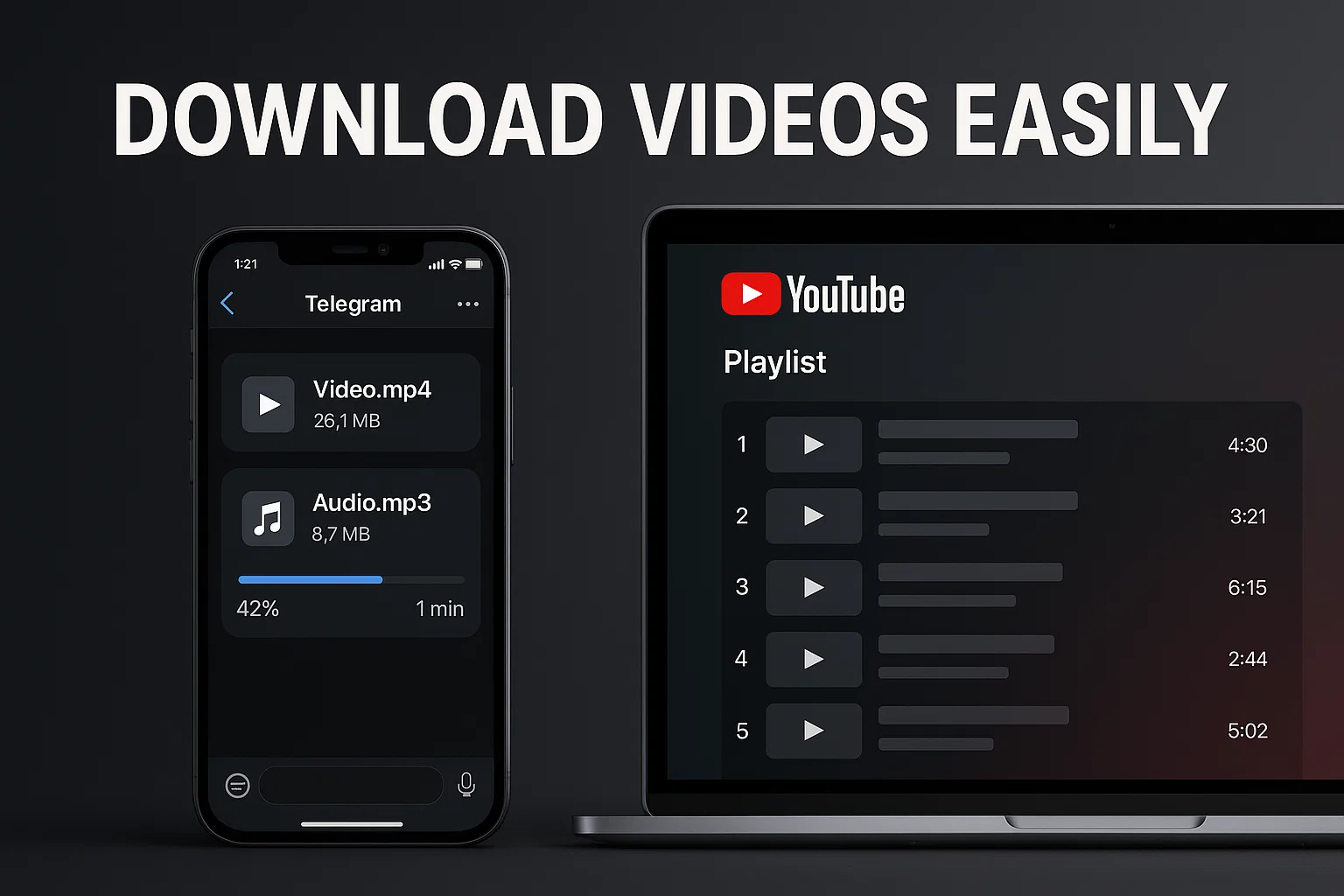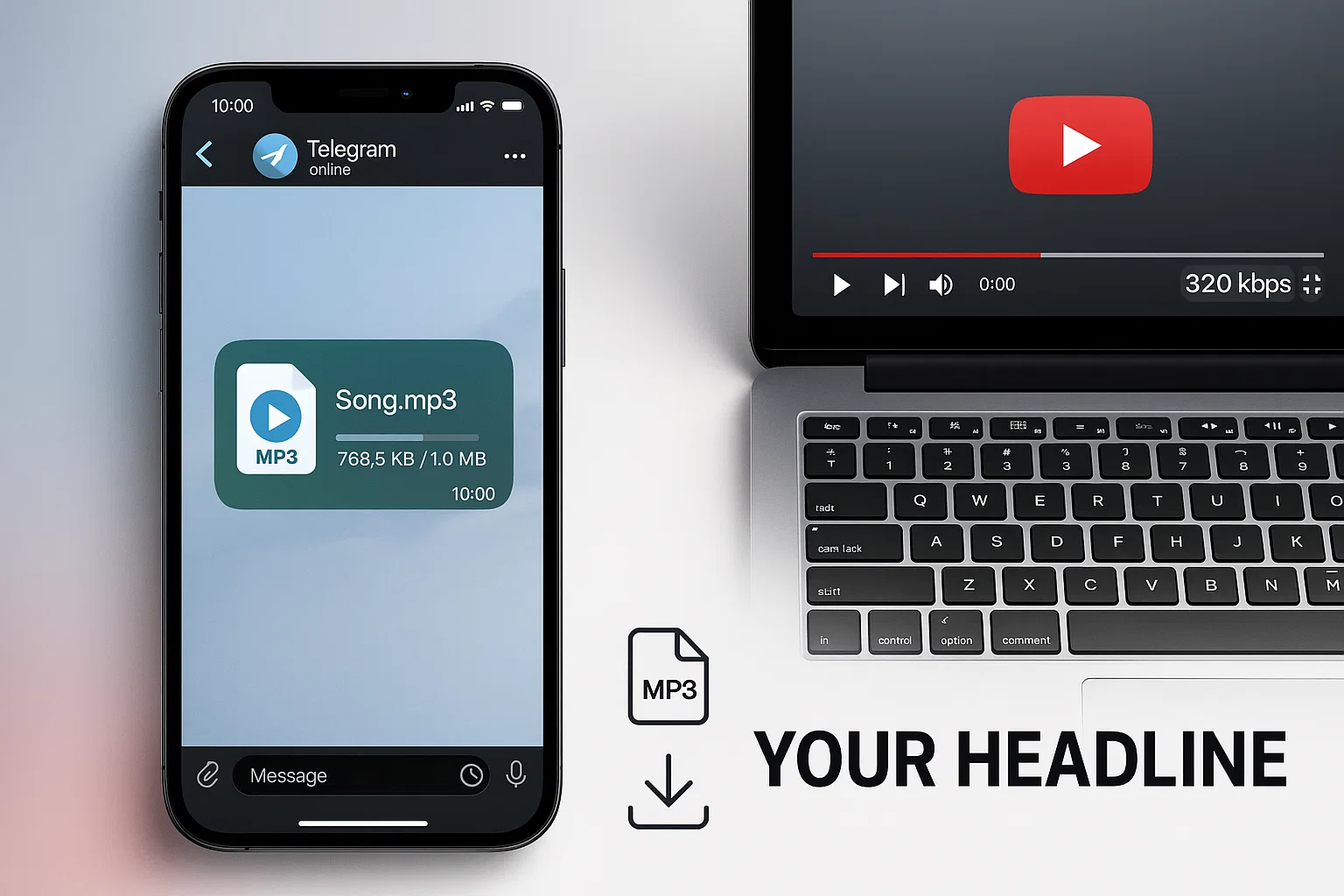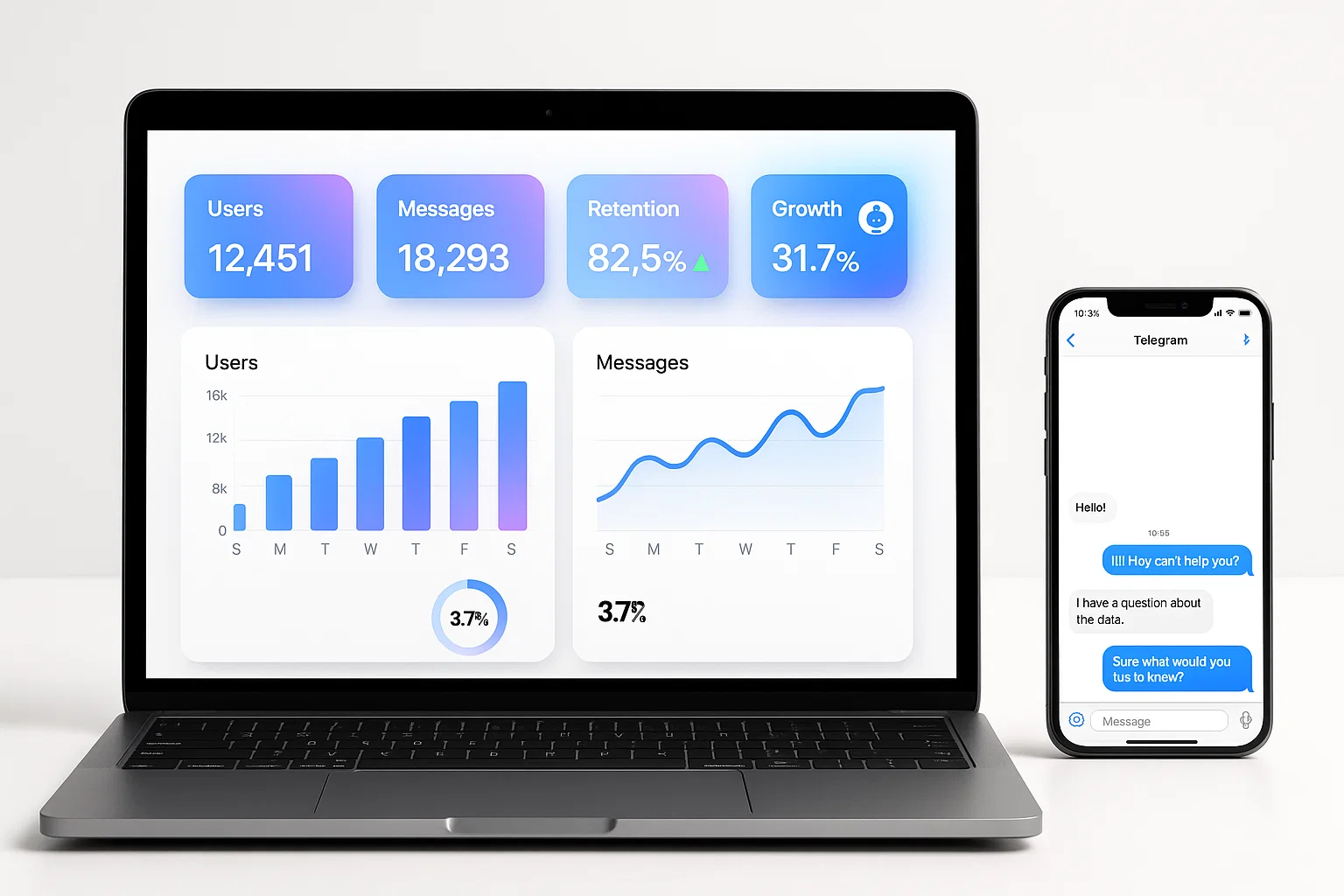Telegram bot mini app gives you a lightweight, in-chat application that runs inside Telegram, letting you add menus, forms, payments and widgets to chats so users interact without leaving the app, reducing friction and increasing engagement.
Introduction
telegram bot mini app is a compact in-chat application that runs with a Telegram bot to deliver micro workflows like surveys, purchases, or quick dashboards inside conversations. This guide is informational and practical, showing you how to plan, build, and ship a mini app that your users will actually use. You will get an architecture overview, step-by-step build instructions, code examples, best practices, and compliance tips using Telegram APIs and common tools like webhooks and lightweight hosting.
I’ll mention relevant entities such as Telegram Bot API and simple frontends early, because they shape architecture and permission choices. In my experience, starting with one clear use case and a minimal UI accelerates testing and reduces support load. Read on to get a production-ready approach you can adapt for your bot.
What a mini app is, and why it matters
A telegram bot mini app is a focused app-like experience embedded in a bot conversation. Instead of sending plain text, your bot offers a UI with buttons, forms, and optionally webviews so users can complete tasks without context switching.
The core concept
- Embedded interaction, bot messages show interactive components, buttons, and quick replies.
- Optional webview, some flows open a small hosted page for richer UI, returning results to the bot.
- Stateful sessions, the mini app tracks a user flow, validating inputs and saving state.
Why this matters for product teams
Mini apps reduce friction. Users no longer need to open external pages, which increases completion rates for signup flows, payments, or surveys. For communities and small businesses, mini apps simplify onboarding, order taking, and microservices inside chat.
When to choose a mini app
- When tasks are short and frequent, like polls, ticket booking, or quick payments.
- When a seamless mobile experience matters.
- When you want higher completion rates and faster feedback loops.
Key takeaway: mini apps bring app-like flows into chat, increasing engagement and reducing drop offs.
How a telegram bot mini app works — architecture and components
A simple, reliable architecture keeps tokens safe, handles webhooks, and supports small webviews.
Components overview
- Telegram Bot — receives commands and displays interactive UIs.
- Server backend — handles business logic, stores state, and calls APIs.
- Frontend micro page (optional) — a small hosted page for complex forms or payments, opened in an in-app browser.
- Data store — lightweight DB like SQLite or Postgres for sessions and records.
Authentication and security
Use environment variables or a secrets manager for your bot token and any API keys. If you use OAuth or payments, follow provider best practices and store only minimal user data.
Message flow example
- User sends
/startor taps a menu. - Bot responds with a mini app card, showing buttons or an “Open” webview link.
- User completes the task, results are sent to your backend, and the bot confirms success.
Build your first mini app — step-by-step with code
This section has a practical build path and copy-paste code to get you running quickly.
Step 1, pick a use case
Choose a single, measurable flow like "collect email signups" or "sell a small digital item".
Step 2, prepare the bot
Create a bot via BotFather and enable webhooks or long polling on your server.
Step 3, implement a minimal flow
Use Node.js with node-telegram-bot-api or Python with python-telegram-bot. Below is a minimal Node example that sends an interactive message and opens a small hosted form.
// javascript
// Minimal flow: send a button that opens a hosted form, then receive a callback webhook
const TelegramBot = require('node-telegram-bot-api');
const express = require('express');
const bodyParser = require('body-parser');
const BOT_TOKEN = process.env.BOT_TOKEN;
const PORT = process.env.PORT || 3000;
const bot = new TelegramBot(BOT_TOKEN);
const app = express();
app.use(bodyParser.json());
// Send a message with a button that opens a small web form
bot.onText(/\/mini/, (msg) => {
const chatId = msg.chat.id;
bot.sendMessage(chatId, 'Open mini app', {
reply_markup: {
inline_keyboard: [[{ text: 'Open form', url: `https://your-host/form?chat=${chatId}` }]]
}
});
});
// Webhook endpoint for form submission (your form posts here)
app.post('/webhook/form', async (req, res) => {
const { chat, email } = req.body; // minimal validation required
try {
await bot.sendMessage(chat, `Thanks, we saved your email: ${email}`);
res.status(200).send({ ok: true });
} catch (err) {
console.error(err);
res.status(500).send({ ok: false });
}
});
app.listen(PORT, () => console.log('Server running', PORT));
Explanation: The bot sends an inline button that opens a hosted form. After the user submits, your server posts back to /webhook/form, and the bot confirms in the chat. Secure the endpoints and validate inputs before use.
Step 4, create the hosted micro page
Create a tiny form that posts JSON to your webhook. Keep the UI responsive and minimal, use the Telegram in-app browser styles for a native feel.
Step 5, test and iterate
Run private tests, measure conversion, and iterate on copy and button placement.
Best practices, recommended tools, pros and cons
Use a lightweight stack and plan for scale.
Development best practices
- Keep flows short, one to three screens maximum.
- Validate everything server-side, never trust the client.
- Provide clear cancellation and retry options for users.
- Localize labels and buttons if you serve multiple regions.
Recommended tools
- python-telegram-bot
- Pros: rapid prototyping, good docs.
- Cons: manage concurrency for scale.
- Install tip:
pip install python-telegram-bot.
- node-telegram-bot-api / discord-style libraries
- Pros: JavaScript ecosystem, easy webhooks.
- Cons: streaming uploads need careful handling.
- Install tip:
npm install node-telegram-bot-api.
- Tiny hosting: Vercel, Render, or a small VPS
- Pros: fast deployment for micro pages, simple scaling.
- Cons: watch cold start for some serverless platforms.
- Install tip: deploy form as a static page or lightweight serverless function.
Bold takeaways:
- Start with one clear use case and ship fast.
- Validate on the server, keep client ephemeral.
- Measure flows and iterate on language and placement.
Challenges, legal considerations, and troubleshooting
Mini apps are simple but carry responsibilities around privacy and payments.
Common technical issues
- The in-app browser may block scripts, test minimal JS and graceful fallbacks.
- Webhooks not receiving posts, check your public URL, SSL certificate, and firewall.
- User sessions lost, persist minimal state in DB and use timeouts.
Compliance checklist
- If you collect personal data, publish a privacy policy and retention policy.
- For payments, use official, compliant payment processors and do not store card data.
- Use least privilege for tokens and rotate keys regularly.
- Provide an opt-out and data deletion flow for users to comply with privacy laws.
Alternatives and mitigations
- If you cannot use hosted forms, rely purely on inline keyboards and multi-step messages.
- For heavy interactions, move to a small native app or web portal and link from Telegram.
Compliance/disclaimer: This guide explains technical approaches, it is not legal advice. For GDPR, CCPA, or payment compliance consult a qualified professional.
Mini apps increase completion and reduce friction if they keep flows short and privacy transparent. (Google)
Design and test flows on real devices to catch edge cases, such as in-app browser limitations and locale issues. (Moz)
Conclusion and CTA
A telegram bot mini app is a high-leverage way to add micro UX inside chat, increasing conversions, simplifying workflows, and keeping users engaged without leaving Telegram. Start with one clear flow, use a secure backend and a tiny hosted form for complexity, and instrument events to measure success. If you want a ready template, deployment help, or a custom mini app tailored to your use case, Alamcer builds production-ready bots, templates, and integrations that get you live fast.
Welcome to Alamcer, a tech-focused platform created to share practical knowledge, free resources, and bot templates. Our goal is to make technology simple, accessible, and useful for everyone. We provide free knowledge articles and guides, offer ready-to-use bot templates for automation and productivity, and deliver insights to help developers, freelancers, and businesses. For custom development services for bots and websites, contact Alamcer and we will help you design and deploy your mini app.
FAQs
What is telegram bot mini app?
A telegram bot mini app is an in-chat micro application delivered by a Telegram bot, offering short interactive workflows such as forms, payments, or dashboards, without forcing users to leave Telegram.
How do I open a mini app from a bot?
Send an inline button with a URL to your hosted micro page, or use a message workflow with inline keyboards and callbacks for purely chat-based flows.
Do I need a web server for mini apps?
For anything beyond simple buttons, yes. A small server handles form submissions, payments, and state. Static hosting for the UI with serverless webhooks also works.
How do I secure user data?
Store minimal data, encrypt sensitive fields at rest, rotate keys, and use environment variables or a secrets manager. Publish a privacy policy and a data deletion flow.
Can I accept payments inside a mini app?
Yes, use Telegram Payments or third-party processors that integrate via your backend, never store raw card data on your servers.
What if the in-app browser blocks my page?
Design the page to work without complex third-party scripts, provide fallback copy and a link that opens externally, and test on mobile devices.
How do I debug webhook issues?
Check that your webhook endpoint is reachable, uses HTTPS, and that your server logs incoming requests. Use ngrok for local testing.
How many steps is too many for a mini app?
Keep it short, ideally one to three screens. Longer flows reduce completion rates on mobile.
Should I use serverless or a VPS?
For low traffic, serverless or managed hosting is fine. For persistent session-heavy workloads, a small VPS or container cluster may offer more control.
How do I measure mini app success?
Track completion rate, time to complete, conversion, and error rates. Instrument events in your backend and analyze cohorts.
![Build Powerful Telegram Bot Mini Apps Today [Step-by-Step Guide]](https://alamcer.com/storage/posts/KLgMvRWahMBVj67hugOmZ6HpYbJCg7xJJ8gpGj3N.webp)


